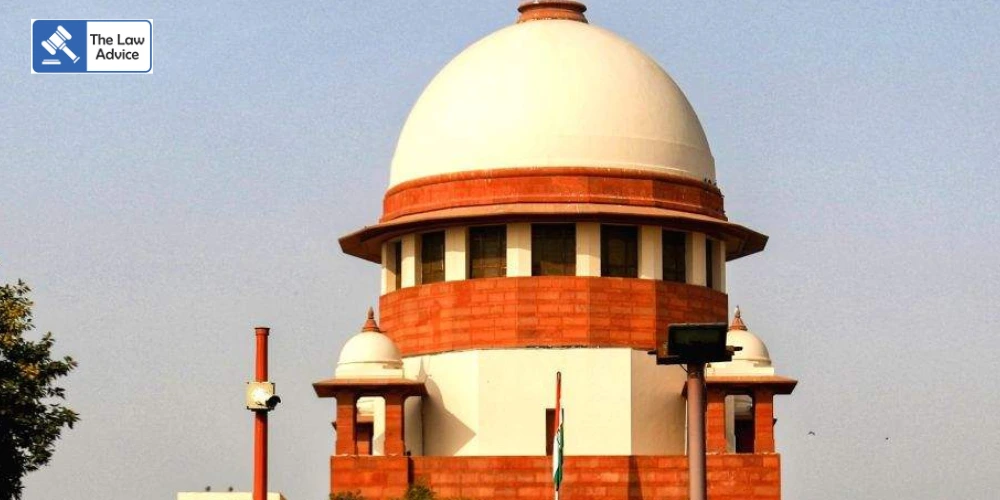New Delhi, September 4, 2025
The Supreme Court has taken suo motu cognizance of the continuing lack of functional CCTV cameras in police stations across the country, a glaring violation of its earlier directives aimed at curbing custodial violence and ensuring transparency in police functioning.
A Division Bench of Justice Vikram Nath and Justice Sandeep Mehta registered the matter after taking note of a media report published by Dainik Bhaskar, which revealed that at least 11 people have died in police custody in the last seven to eight months this year alone.
In December 2020, the Supreme Court had issued a landmark ruling in Paramvir Singh Saini v. Baljit Singh, mandating all States and Union Territories to ensure the installation of CCTV cameras with night vision and audio recording capability in every police station, including interrogation rooms. The judgment was intended to provide a deterrent against custodial torture and protect the fundamental rights of detainees under Article 21 of the Constitution.
The court had further directed that oversight committees be constituted at both state and district levels to ensure continuous monitoring, maintenance, and functioning of these CCTV systems. The responsibility for compliance was placed squarely on the shoulders of the Home Secretary of each State/UT.
Despite the passage of nearly five years, compliance with the 2020 directive remains woefully inadequate. Several states have either failed to install cameras altogether, or where cameras have been installed, many are found to be non-functional or poorly maintained.
The Dainik Bhaskar report highlighted that the absence of functioning CCTV surveillance in police stations has allowed instances of custodial deaths and torture to go unchecked, with victims often left without recourse to justice due to lack of recorded evidence.
This persistent non-compliance prompted the Supreme Court to step in once again, invoking its suo motu jurisdiction to address the issue as a matter of grave constitutional importance.
By reviving the issue, the Supreme Court has underscored its stance that CCTV surveillance is not merely a technological upgrade but a constitutional safeguard against abuse of power.
The suo motu action is expected to bring renewed scrutiny on State Governments, Union Territories, and police departments, compelling them to explain the delay and failure in implementing the directives of the 2020 judgment.
Legal experts believe the proceedings could lead to stricter accountability mechanisms, including contempt action against officials, as well as fresh compliance timelines.
The case has rekindled debate on the urgent need for:
• Effective monitoring of CCTV cameras in all police stations.
• Regular maintenance and replacement of non-functional equipment.
• Independent oversight to ensure footage is preserved and accessible for judicial review.
• Training of police officials to follow human rights standards in custodial practices.
The Supreme Court is likely to seek status reports from all States and Union Territories in the coming weeks, which may eventually culminate in the framing of stricter guidelines for implementation and monitoring.
This suo motu action comes at a time when concerns about custodial violence, accountability in policing, and human rights violations remain at the forefront of public discourse. By reopening the issue, the Supreme Court has once again signaled that institutional indifference towards custodial safety cannot be tolerated.
